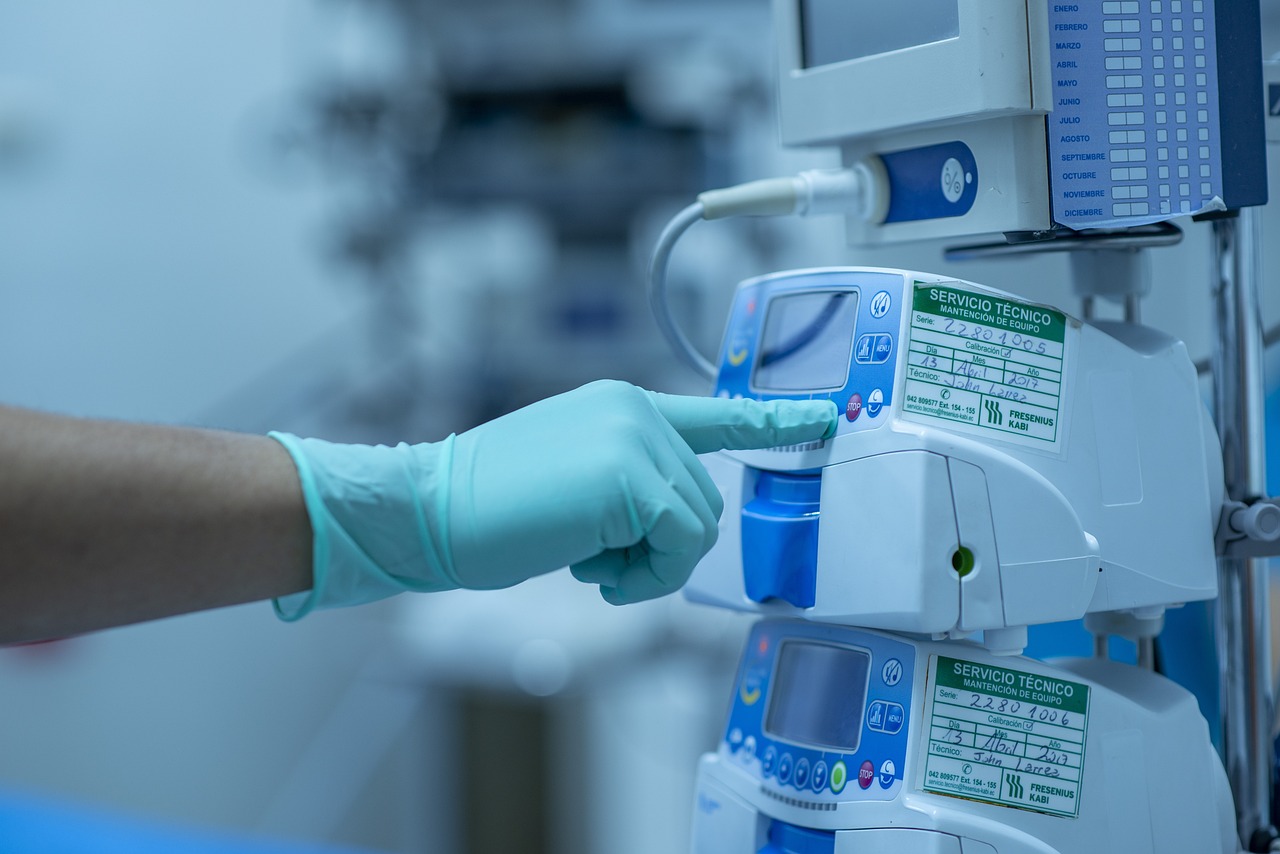Recent research has uncovered fascinating details about a set of exquisite and practical medical instruments utilized by Roman surgeons approximately 2,000 years ago. A team from the University of Exeter in the UK employed advanced scanning technology to study six surgical artifacts, which comprise a bronze scalpel handle, two surgical probes, two needles, and a spoon. Their examination shed light on the elaborate craftsmanship of these tools and provided insights into their application by Roman healthcare practitioners in ancient Britain.
These artifacts were initially discovered over 125 years ago by Walbrook, an underground river in London that historically contributed to the establishment of the Roman settlement of Londinium, later developing into present-day London. Rebecca Flemming, a professor who specializes in ancient Greek scientific and technological thought and has conducted thorough studies of the tools, remarked, “These medical instruments showcase facets of Roman medical practices—not only their concepts and theories but also the specific bodily interventions that were a reality in the Roman empire.” She noted that the instruments exhibited consistent features found across the empire, spanning regions such as Italy, Britain, and Syria, indicating that the inhabitants of Londinium had access to comparable medical care as other smaller cities within the Roman Empire.
The examination was conducted in the University of Exeter’s advanced Science, Heritage and Archaeology Digital 3D (SHArD 3D) Laboratory utilizing a CT scanner capable of revealing hidden details within objects. “Our goals were to assess the general relevance and functionality of 3D-imaging methods for such instruments—considering factors like their metallic composition, corrosion, and elongated shapes—while also gaining further insight into these specific fragile artifacts, which require cautious handling,” Flemming explained.
The tools studied at the SHArD 3D Laboratory highlight the significant ways new technologies facilitate investigations of ancient items, unveiling extensive information concerning their design, production, capabilities, and usage. The research corroborated and broadened the applicability of 3D imaging for such artifacts, unveiling several crucial aspects previously hidden.
Among the most striking features is the decorative and functional scrollwork present on the scalpel handle. Additionally, the study yielded intriguing findings about the two needle-like implements, particularly noting a secondary hole in one more intricate needle, possibly designed for specialized procedures. “You can observe the meticulous effort devoted to crafting the socket where the iron scalpel blade was once affixed to the bronze handle,” Flemming added. “The intricate scrollwork is not merely ornamental; it also serves a practical purpose, facilitating the replacement of worn blades over time.”
Only the bronze components have survived to this day, alongside ancient Greek and Roman medical texts discussing such implements and their associated surgical applications. According to Flemming, Roman surgeons utilized the scalpel for various medical and therapeutic operations, including bloodletting. The probes likely served preliminary functions before surgery, such as inspecting wounds, fractures, and even clearing ear wax. The spoon’s primary purpose was probable for mixing medications, while the needles were employed to secure bandages.
The broader implementation of 3D imaging techniques in studying the extensive collections of ancient Roman and Greek surgical instruments preserved in museums worldwide could lead to significant advancements in understanding their design and craftsmanship. This attention to detail indicates the care that went into optimizing these tools. Moreover, it could help to unveil relationships among artifacts excavated across various Roman Empire locations, leading to the identification of trends, patterns, and connections among items housed in disparate museum collections.



